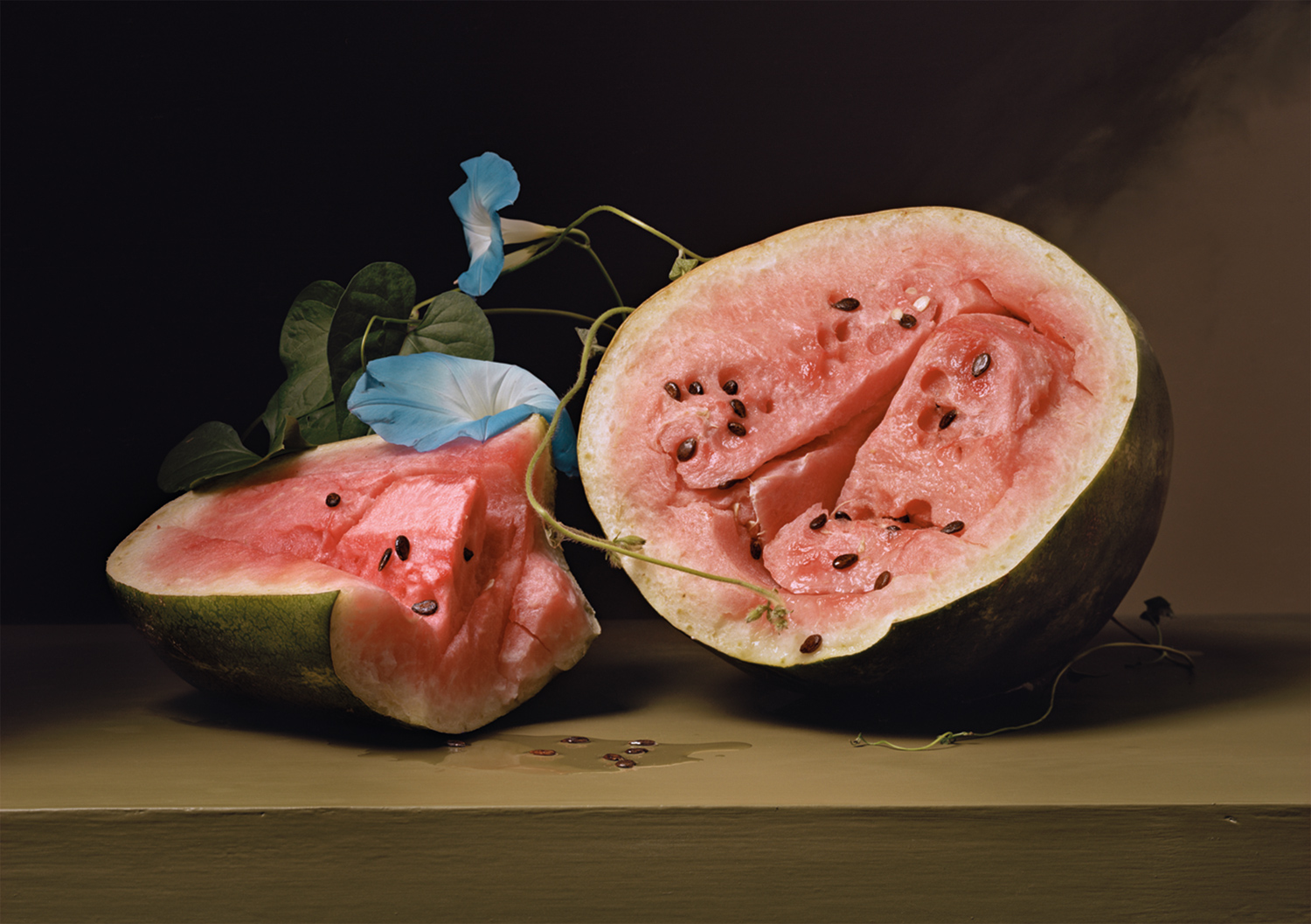
Vibrant fruit, luscious shapes, verdant leaves, a hint of ripeness and the beginning of rot. The images in Early American — Sharon Core’s latest collection — easily fit into the traditions of still life painting, which was always more than just about pictures of fruit and flowers. There is the clear allusion to mortality in the French word for the genre — nature morte — and its baroque obsession with the brevity of even the most sumptuous of lives. And so the exquisitely lifelike qualities of the nature morte become the first level of play for Core’s painterly compositions — because they are photographs that masquerade as paintings.
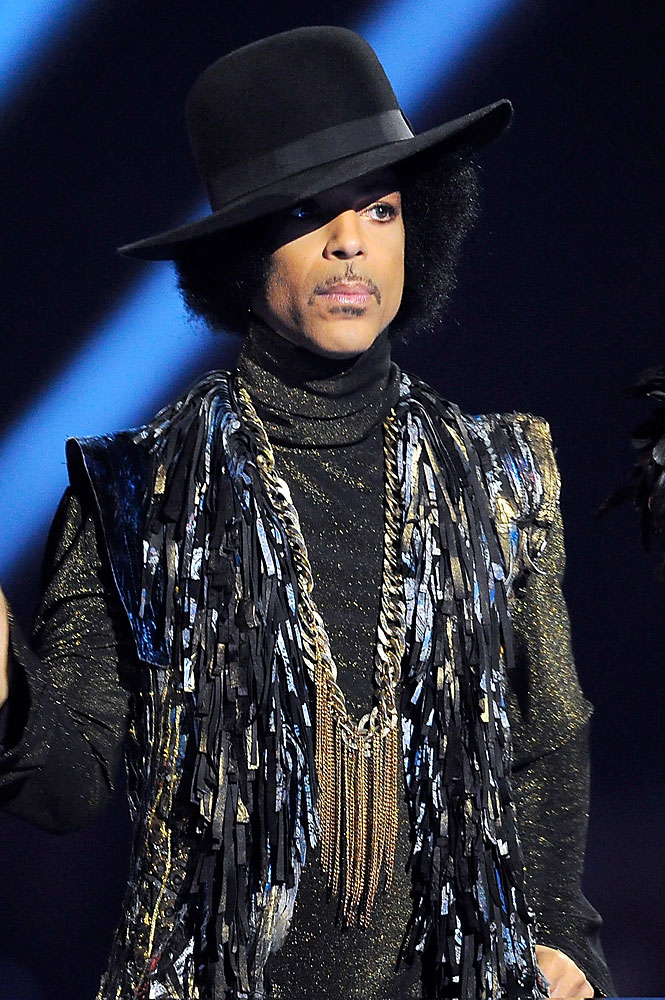
Indeed, Core is inspired by the works of the early 19th-century American still life painter Raphaelle Peale, painstakingly reproducing the light and even texture of the originals, down to shadow and brushstrokes on the furniture. Core’s work is a triumph of multi-level trompe l’oeil — trumping the eye by turning a painting that aspires to lifelikeness into a photograph that aspires to painting.
Core’s previous work was a similar re-building of the work of another artist, Wayne Thiebaud, and his bright graphic, geometrically structured paintings of cake and food. Her next project is called 1606-1907 and will be an exploration of three centuries of flower painting. It is bound to be compelling and thoughtful, just as the Thibeaud and Peale projects were playfully serious on multiple dimensions. Says Core, who lives in the rich countryside of the Hudson Valley in New York: “It is intriguing for me to do this because the genre of flower painting is really dead now.” And so, through a camera lens that vivified nature morte, Core hopes to resurrect an art that no longer exists because color photography replaced it. Eye has not seen but you heard it here first.
Sharon Core‘s Early American is available through Radius Books.
Howard Chua-Eoan is the News Director of TIME.
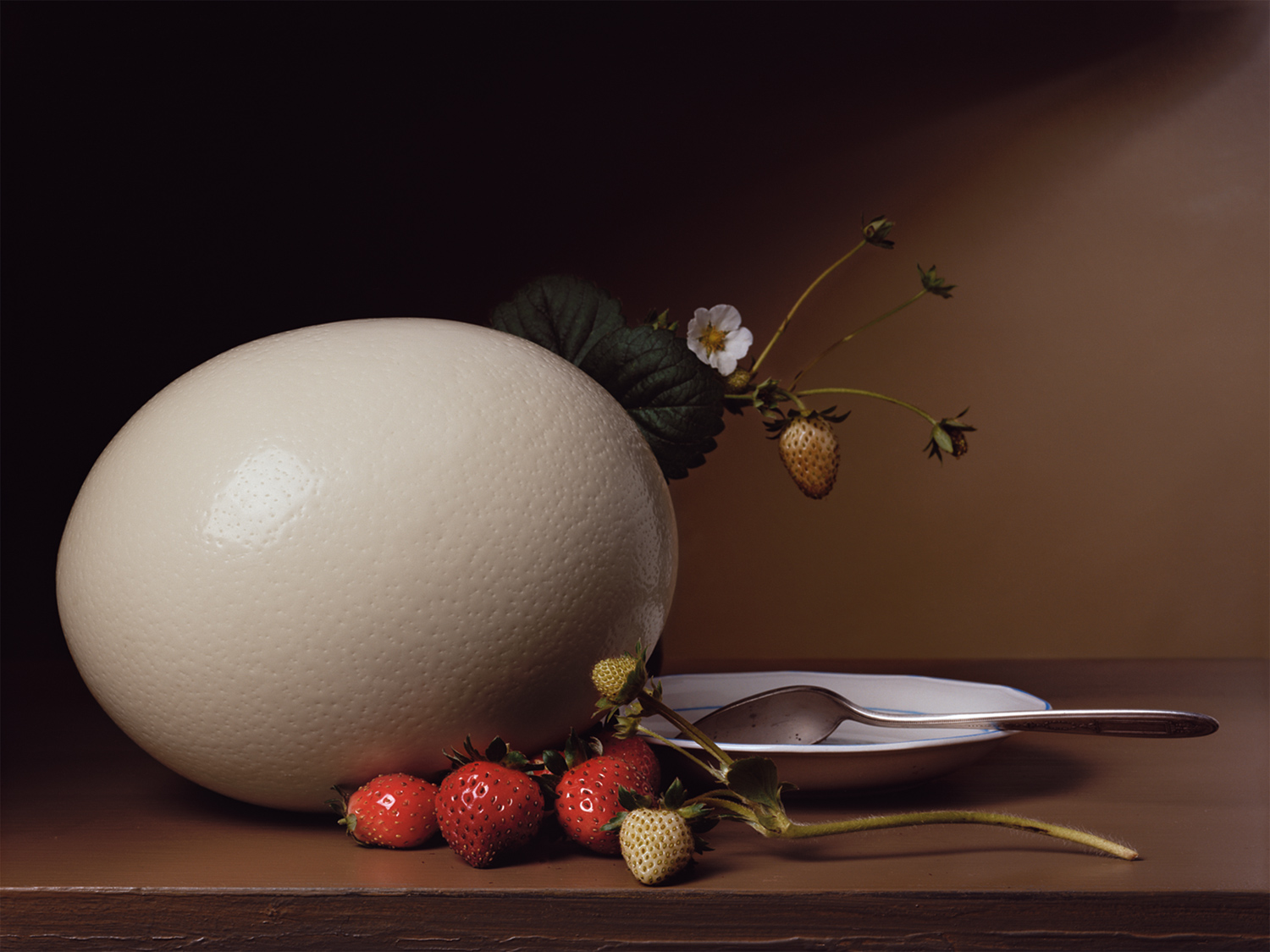
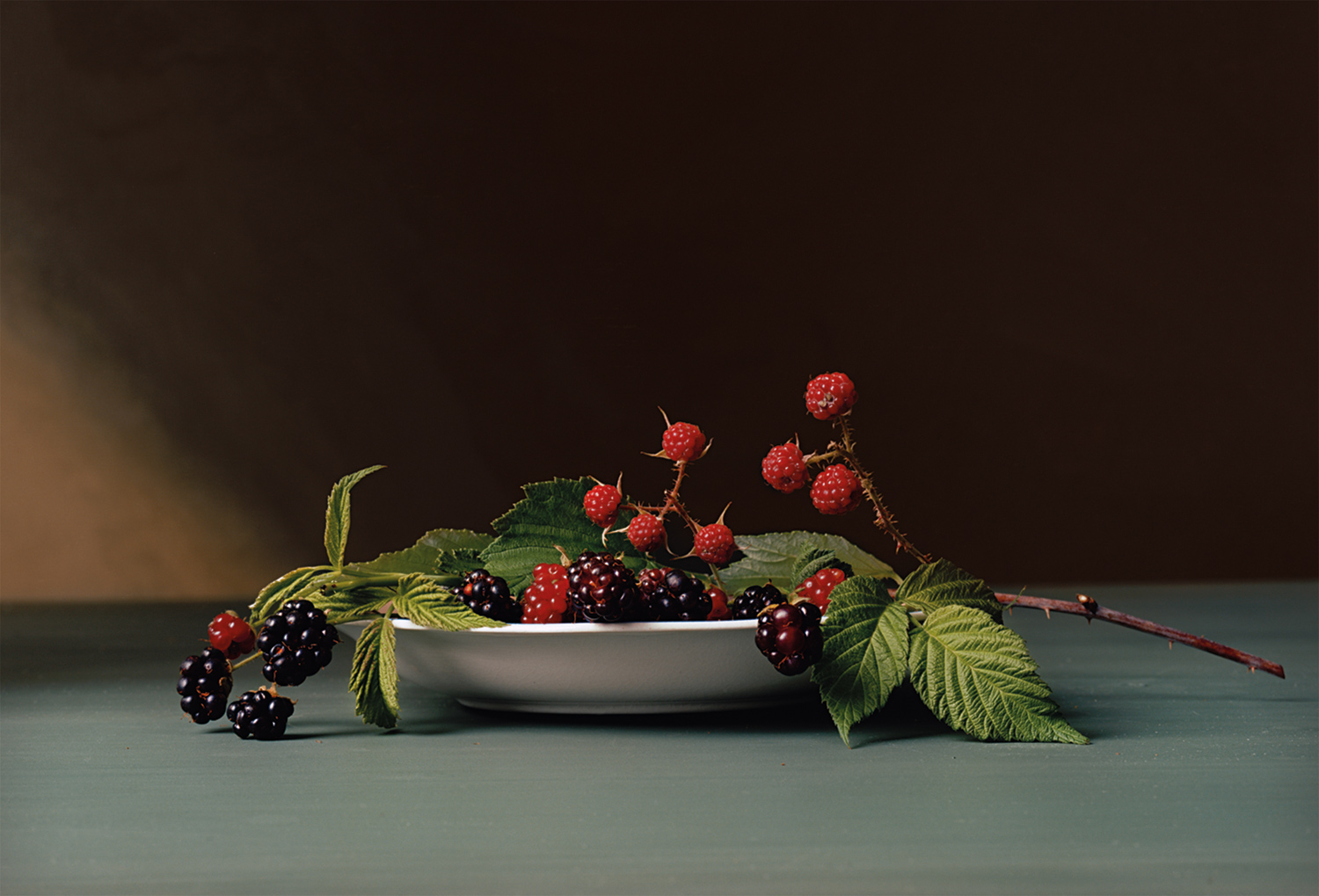
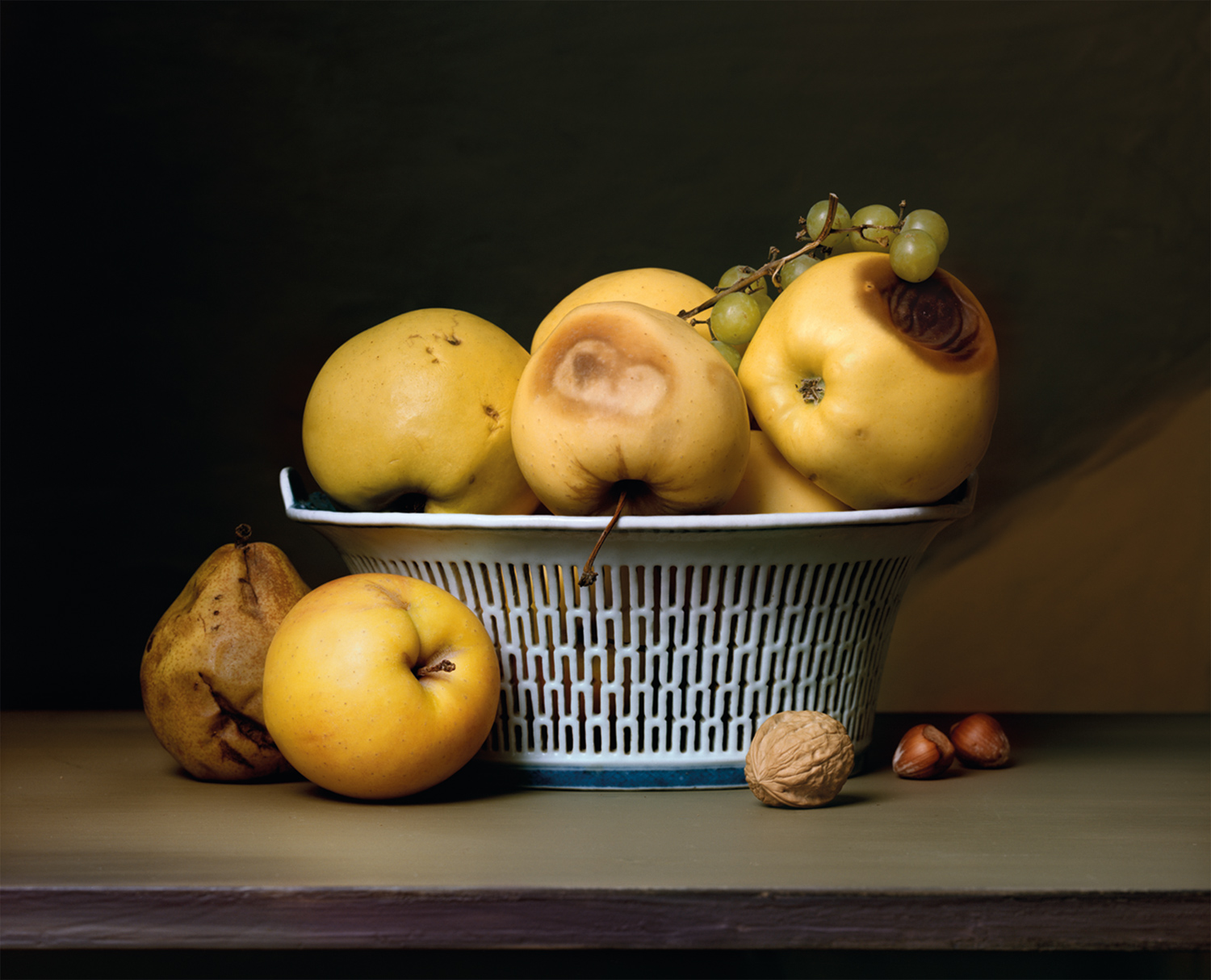
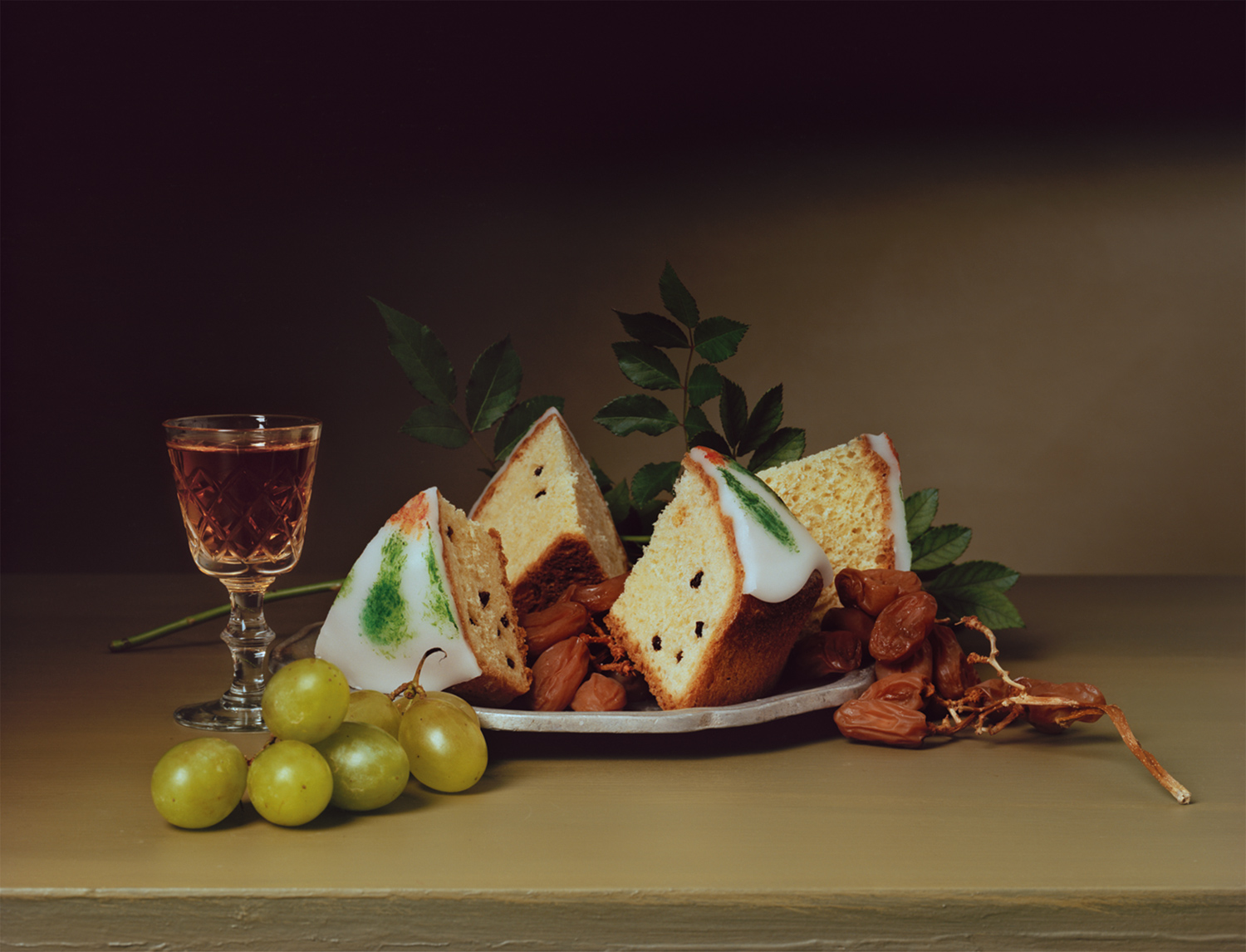
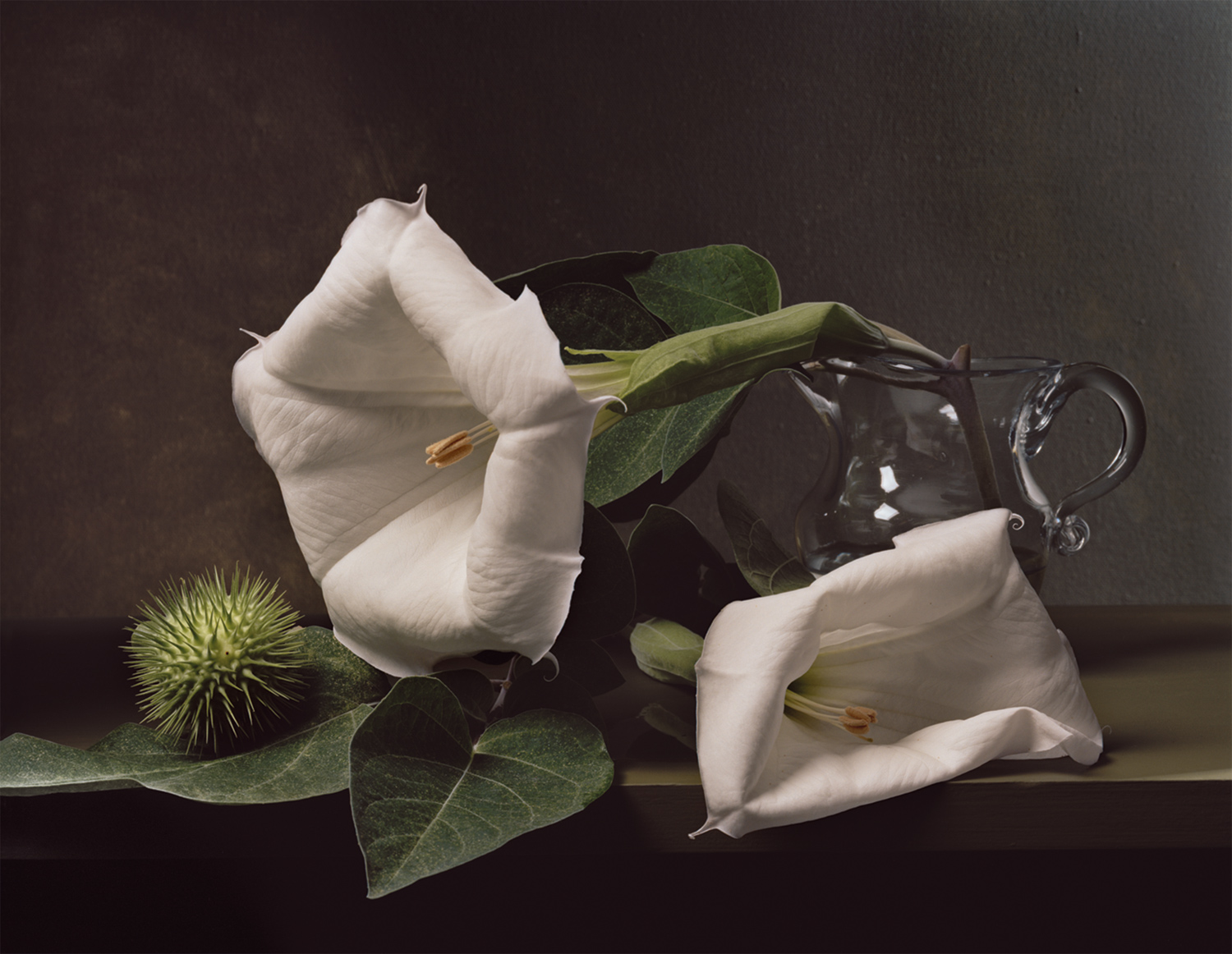
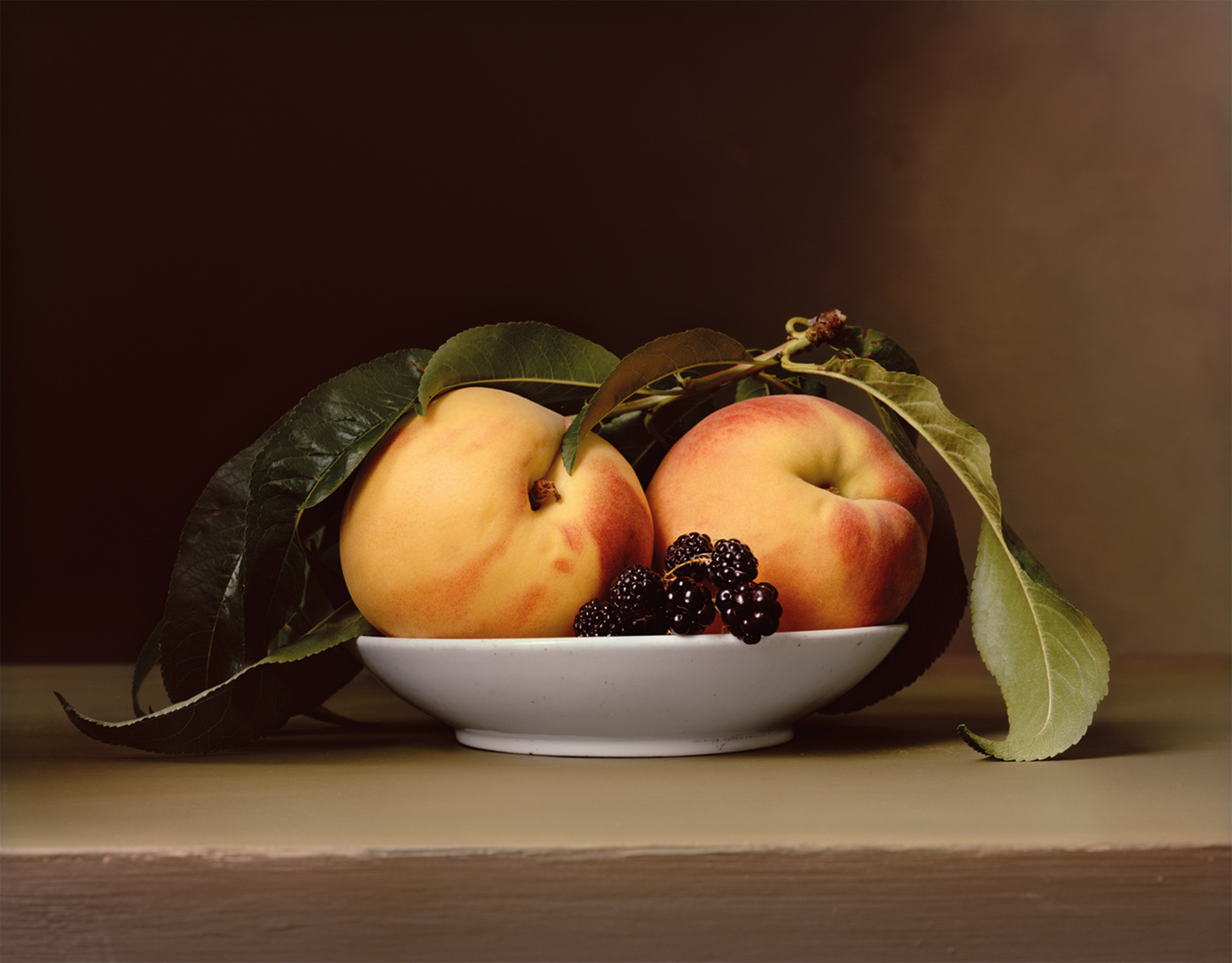
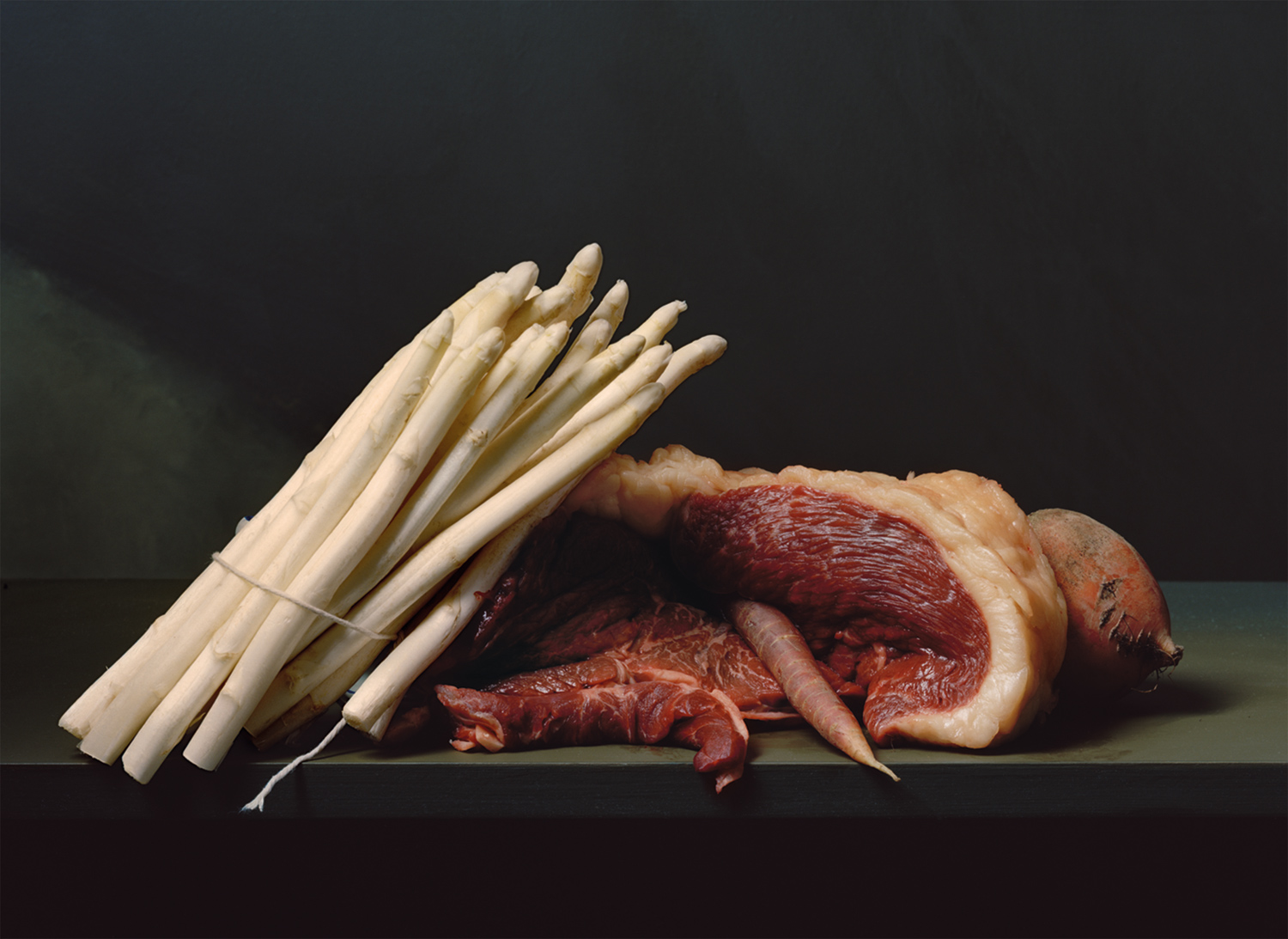
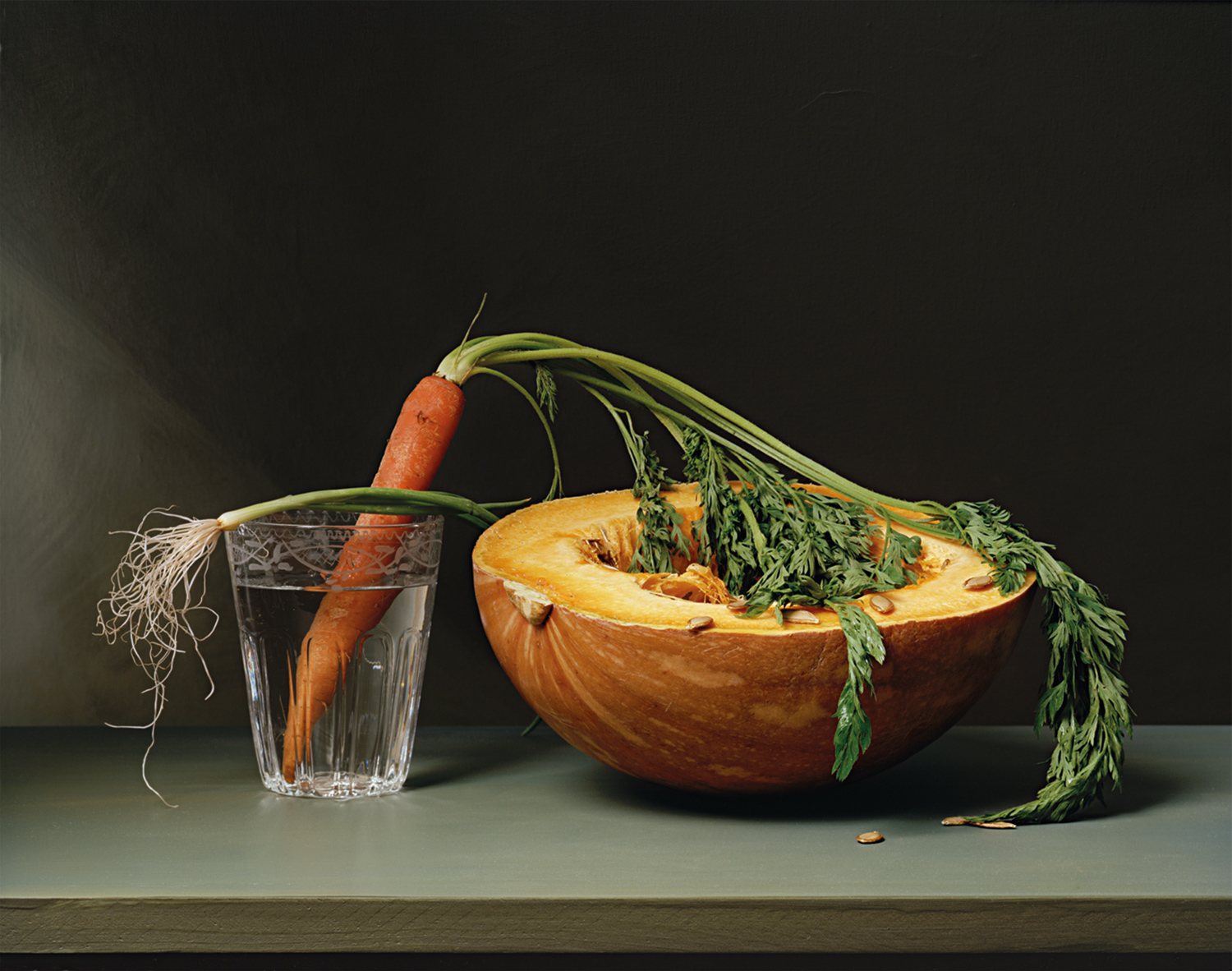
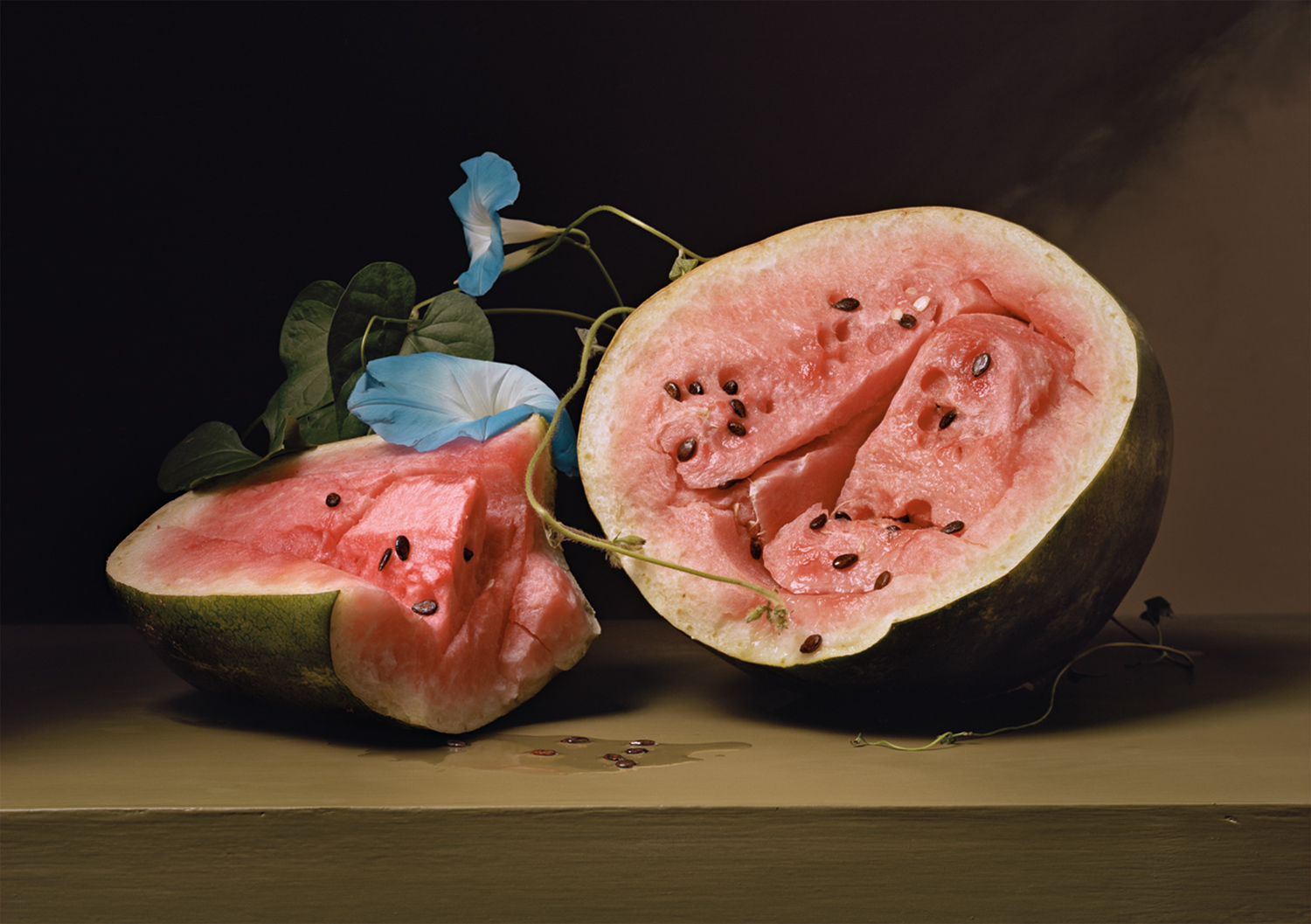
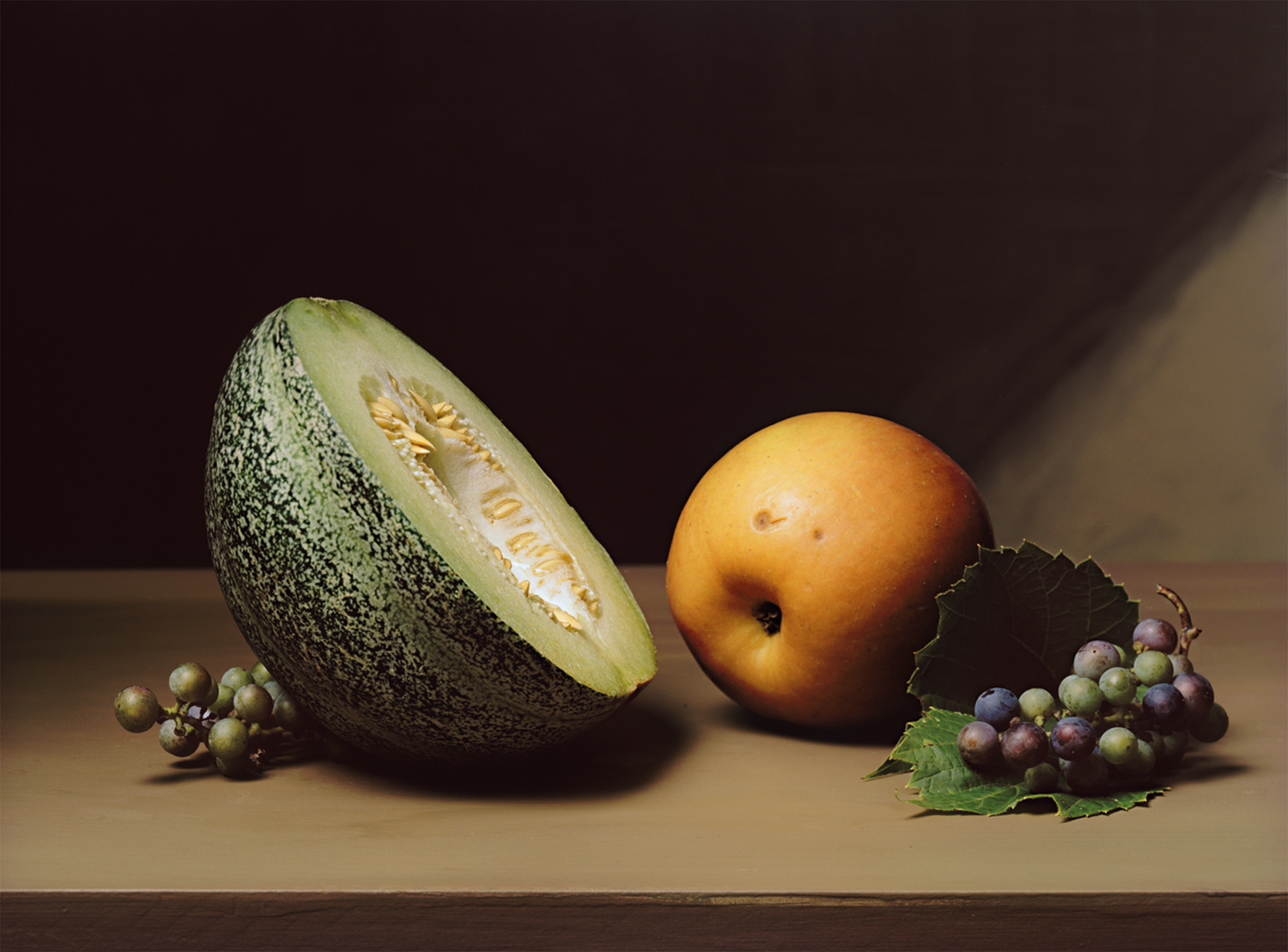
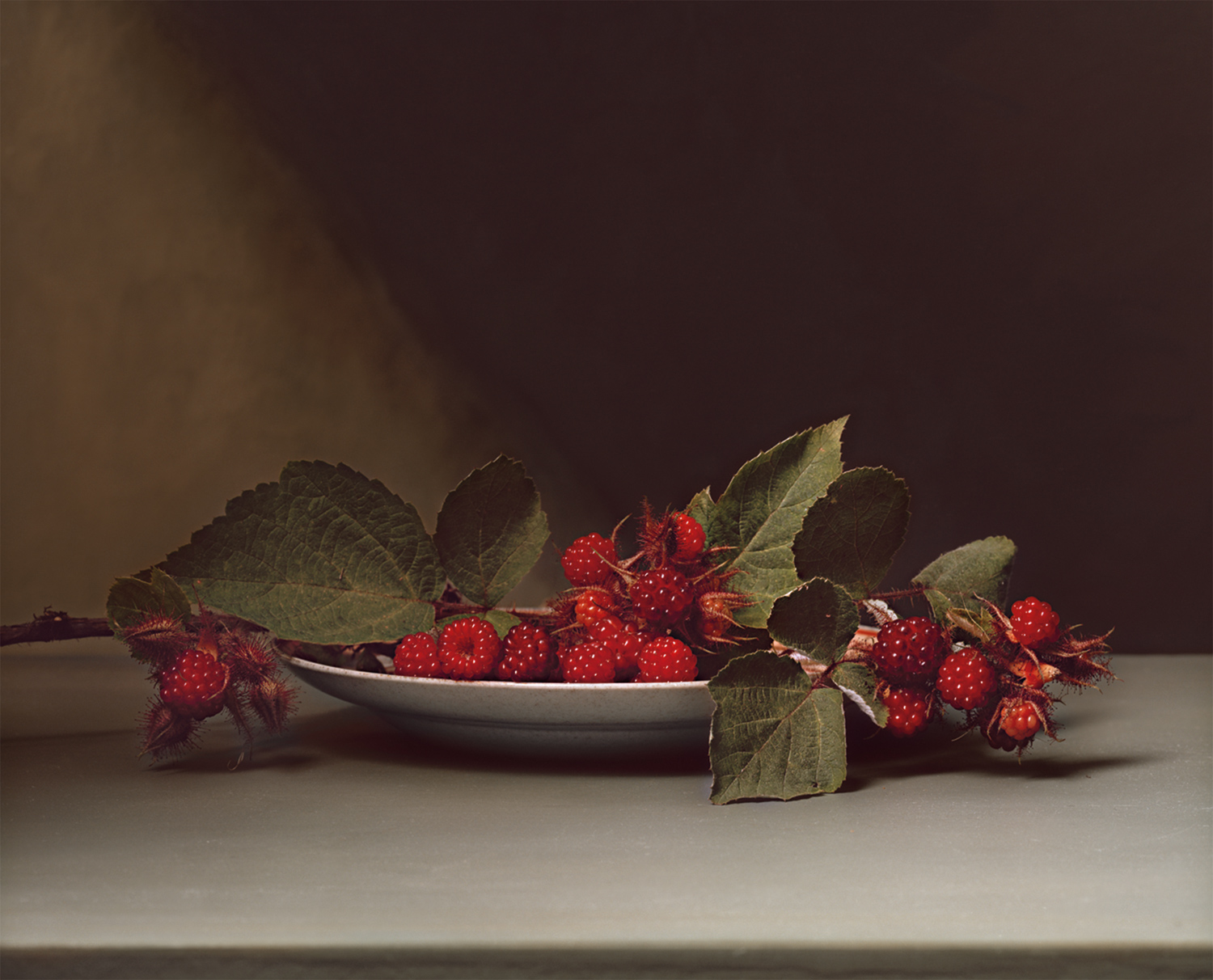
More Must-Reads from TIME
- Breaking Down the 2024 Election Calendar
- How Nayib Bukele’s ‘Iron Fist’ Has Transformed El Salvador
- What if Ultra-Processed Foods Aren’t as Bad as You Think?
- How Ukraine Beat Russia in the Battle of the Black Sea
- Long COVID Looks Different in Kids
- How Project 2025 Would Jeopardize Americans’ Health
- What a $129 Frying Pan Says About America’s Eating Habits
- The 32 Most Anticipated Books of Fall 2024
Contact us at letters@time.com